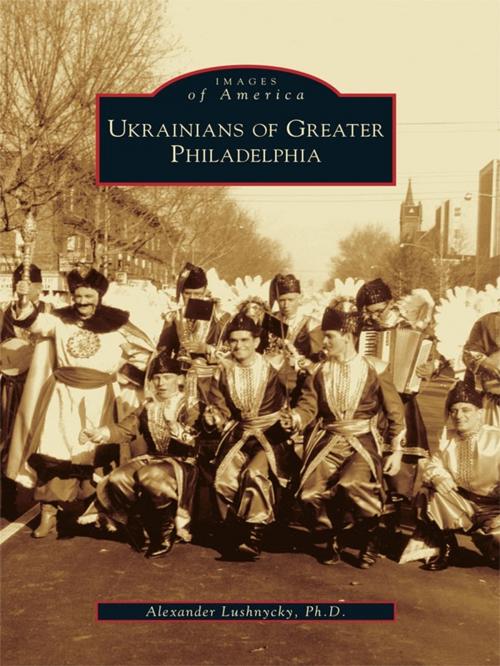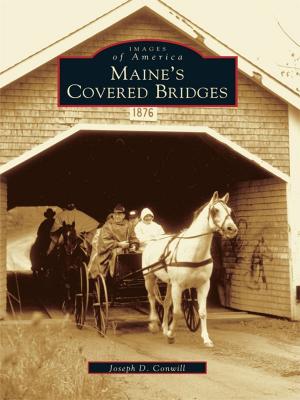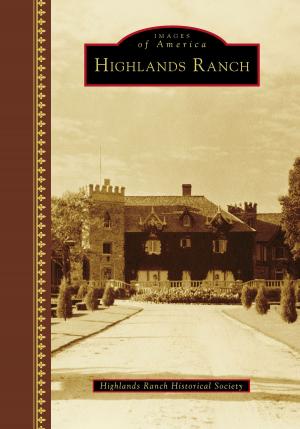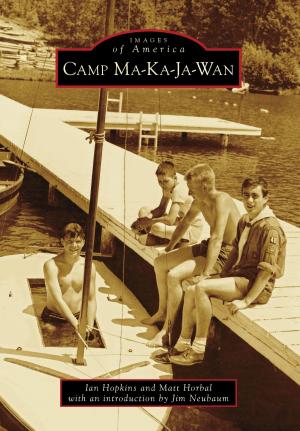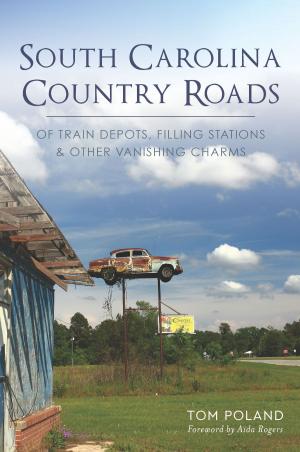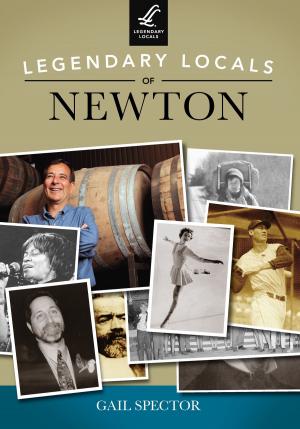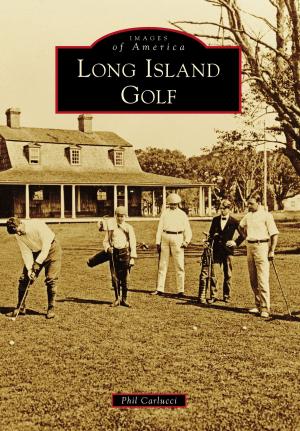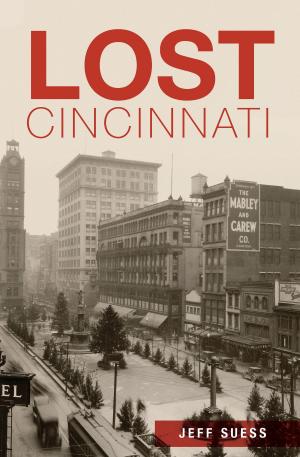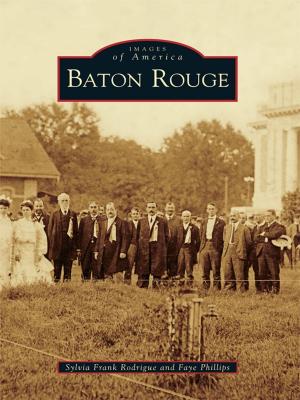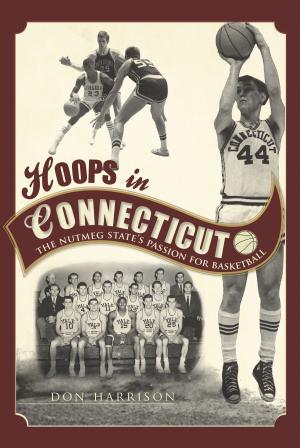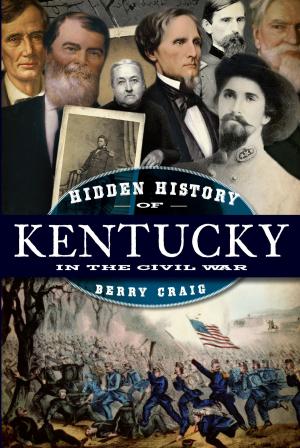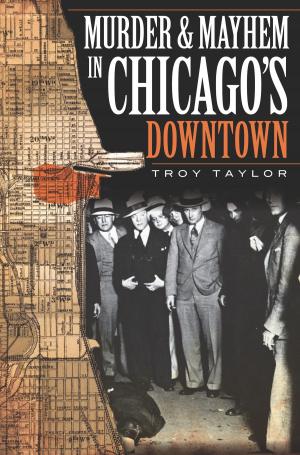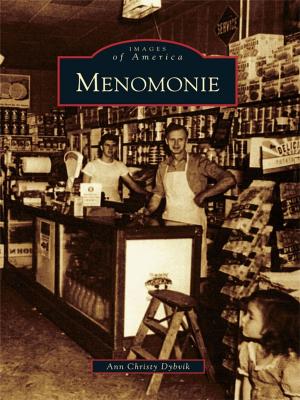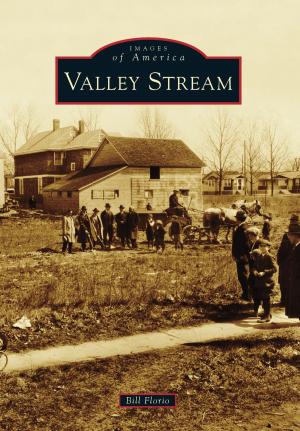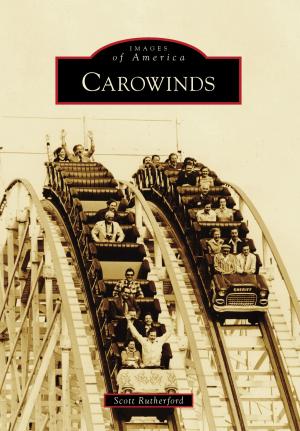Ukrainians of Greater Philadelphia
Nonfiction, Art & Architecture, Photography, Pictorials, History, Social & Cultural Studies, Social Science, Cultural Studies, Ethnic Studies, Biography & Memoir| Author: | Alexander Lushnycky Ph.D. | ISBN: | 9781439634813 |
| Publisher: | Arcadia Publishing Inc. | Publication: | October 29, 2007 |
| Imprint: | Arcadia Publishing | Language: | English |
| Author: | Alexander Lushnycky Ph.D. |
| ISBN: | 9781439634813 |
| Publisher: | Arcadia Publishing Inc. |
| Publication: | October 29, 2007 |
| Imprint: | Arcadia Publishing |
| Language: | English |
Ukrainians, originally known as Ruthenians, began arriving in the Philadelphia area at the end of the 1800s. Like all immigrants, they were not spared considerable hardships in their pursuit of the American dream. Finding stable employment was an ongoing endeavor. After work they gathered around their churches, indisputably the centerpiece of their immigrant communities. Here they procured much-needed support from their fellow countrymen. Theirs was a common purpose: to preserve in this new world their cherished customs and traditions. Thus their societies abounded with schools, choirs, bands, dance groups, reading rooms, and church and fraternal organizations. With time, more Ukrainians appeared, with the largest group arriving after World War II to escape the horrors of war-torn Europe and start anew. Ukrainians of Greater Philadelphia documents how each new generation of immigrants added to the kaleidoscope that became the Ukrainian community in and around the City of Brotherly Love.
Ukrainians, originally known as Ruthenians, began arriving in the Philadelphia area at the end of the 1800s. Like all immigrants, they were not spared considerable hardships in their pursuit of the American dream. Finding stable employment was an ongoing endeavor. After work they gathered around their churches, indisputably the centerpiece of their immigrant communities. Here they procured much-needed support from their fellow countrymen. Theirs was a common purpose: to preserve in this new world their cherished customs and traditions. Thus their societies abounded with schools, choirs, bands, dance groups, reading rooms, and church and fraternal organizations. With time, more Ukrainians appeared, with the largest group arriving after World War II to escape the horrors of war-torn Europe and start anew. Ukrainians of Greater Philadelphia documents how each new generation of immigrants added to the kaleidoscope that became the Ukrainian community in and around the City of Brotherly Love.
